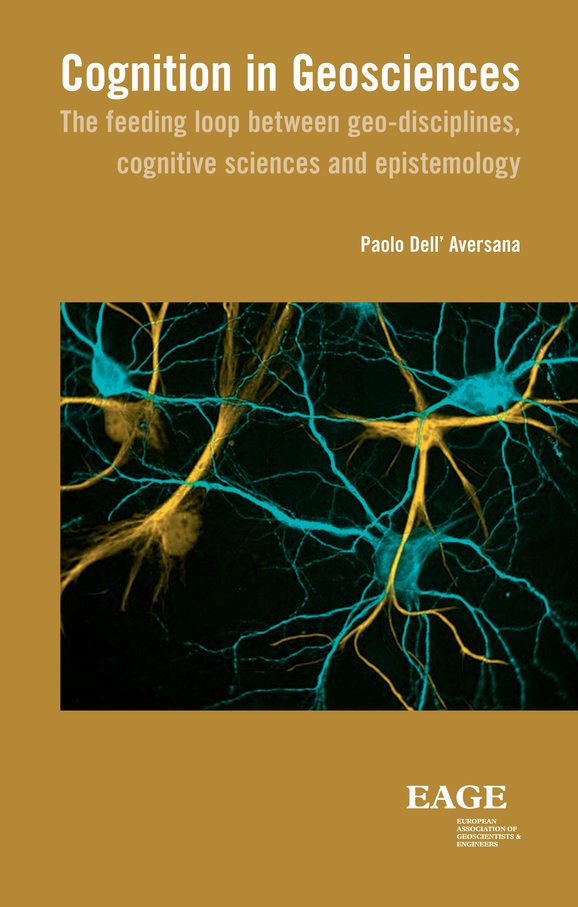Cognition in geosciences
The feeding loop between geo-disciplines, cognitive sciences and epistemology

- EPUB
he work of geoscientists is generally addressed to solve practical problems, like for instance finding new hydrocarbon reservoirs or studying volcanoes. In these scientific fields, intuitions and qualitative analogies are equally important as the application of advanced technology and rigorous mathematical approaches.
The thesis of this book is that the activity of geoscientists can also contribute to illuminate fundamental aspects and open questions of epistemology and cognition. How do geologists and geophysicists think, manage information, develop knowledge and communicate their ideas? What is a good model, a valid theory, a useful methodology? What is the meaning of ‘true’ and ‘false’ in their field of study? What is creativity? Is it a property of exceptional individual minds or a dialectic relationship between entire communities and their ecosystem? Or is it the combination of both? Is it possible to promote individual and team creativity? How? Can we find an aesthetic value in the daily work of geoscientists?
All the above challenging questions are investigated in this book using a multidisciplinary approach. The discussion starts from the geosciences and continues with stimulating incursions in the field of ancient and modern philosophy, epistemology, cybernetics, Chaos theory, neurobiology, psychology and art. The objective is to highlight some unexplored links between cognition, philosophy of science and Earth disciplines, motivating the study and the application of all these fields observed from an unusual and inedited point of view.
Despite the intrinsic complexity of the subject, this book is addressed to a large audience. This includes students, researchers, professionals and all those who are interested in exploring the cognitive and epistemological fundamentals of the Earth sciences. It can be useful also for managers leading creative teams, dealing with complex information, developing innovative products, services and ideas. Finally philosophers of science and cognitive scientists can find practical examples in this book related to important aspects of epistemology and human cognition.


